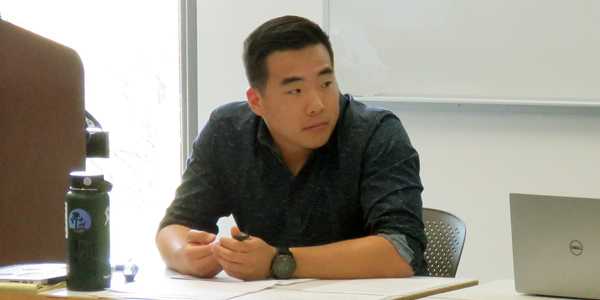By Jason Fordney
CAISO is taking comment on the latest revisions to its ongoing policy initiative to better facilitate the participation of energy storage and distributed energy resources (ESDER) in its markets.
The ISO provided stakeholders with more information about its revised straw proposal for ESDER 3 in a Thursday presentation and call.
ESDER 3 is organized under the broad themes of demand response; “multiple-use applications” that allow storage to provide services and receive revenue from more than one entity at a time; and non-generator resources (NGRs).
The latest document updates the previous iteration that was published on Feb. 15, using feedback from stakeholders and a late March workshop that tackled highly technical problems related to integration of the resources. (See CAISO Storage, DER Plans Progressing.)
Major changes include a reorganization of each proposal into three categories:
- “Pre-market,” which describes changes needed before a resource can participate in the CAISO market;
- “Market,” which identifies potential modeling and bidding rule changes to allow participation; and
- “Post-market,” which examines implications for settlement, including measures of performance such as customer load baselines.
PDR Bid Changes Afoot
Among the new updates for DR is a proposal to allow proxy demand resources (PDRs) — one or more DR resources allowed to bid as a single resource — to bid on hourly and 15-minute bases, with an ability to change the bid within an hour. The proposal would redefine issues around infeasible real-time dispatches of demand response to conform with separate changes CAISO is making to its day-ahead market. (See CAISO Says Changes Will Better Match Forecasting, Demand.)
“Stakeholders such as the Joint DR Parties are in support of the proposal but do not believe the expanded bid options fully resolve the issue of infeasible dispatches,” CAISO said in the revised straw proposal. The Joint DR parties include CPower Energy Markets, EnerNOC and Energy Hub.
Also proposed in ESDER 3 is the removal of a requirement that DR be aggregated under a single load-serving entity, which CAISO said is supported by a majority of stakeholders. The ISO said changes being proposed in the day-ahead market proposal — including combining the integrated forward market and residual unit commitment processes while introducing an integrated resource plan procurement — eliminate concerns that had been raised about some default energy bids being rejected.
CAISO is also looking at the design of the proxy demand resource-load shifting resource (PDR-LSP), which is a DR resource that provides load curtailment and also gets paid for dispatchable load consumption to shift load. The ISO said such resources will register as two separate resources with load consumption compensated via the “metered energy consumption” methodology.
DER company Olivine recommended the creation of a more refined load-shifting product, not just a consumption product, but CAISO said the separation of the resources does not create a “consumption-only” product. A requirement that PDR-LSPs have directly metered energy storage will guarantee that the energy being discharged and charged will result in a load shift, the ISO said.
Electric Vehicle Supply Equipment Examined
As another component of ESDER 3, CAISO is working to recognize the load curtailment capability of electric vehicle supply equipment (EVSE), which is seen as a way to absorb excess output from renewables. Currently, a DR resource that includes EVSE is measured without considering the equipment’s effect on load dynamics, and the ISO is working to meter the data to measure the performance of EV infrastructure. The ISO has established a distinction between EVSE located in residential versus nonresidential areas.
EVSE can already participate in markets using the “metered generation output” (MGO) performance measurement (approved by FERC as part of ESDER 1), which recognizes a sub-metered storage device’s contribution to a facility’s overall load curtailment during a CAISO dispatch event. But the ISO cannot currently accommodate a sub-metered resource with a different performance profile than its host facility load. The ISO proposes to enable EVSE sub-metering and extend the MGO performance method for EVSE independent of, or in combination with, its host customer.
“Sub-metering resolves the lack of 15-minute interval metering at the host facility for measurement of curtailment in five-minute intervals, enables direct measurement of the actual EV load curtailment achieved and creates a more tailored market participation model for EVSEs,” CAISO said.
Under the initiative to facilitate market participation for NGRs, CAISO dropped a proposal to identify commitment costs for NGRs in its separate Commitment Cost and Default Energy Bid Enhancements proposal, leaving those resources to be modeled as not having start-up, minimum load and transition costs.
CAISO is taking comment through May 21 on the ESDER 3 proposal and said it will continue to hold working groups, including focused working groups to examine more complex issues or those that have cross-jurisdictional concerns. Other participants in ESDER 3 are EV charging station company eMotorWerks and the California Energy Storage Alliance.





